Porsche 911 Targa: a look-at-me piece of roadside theatre
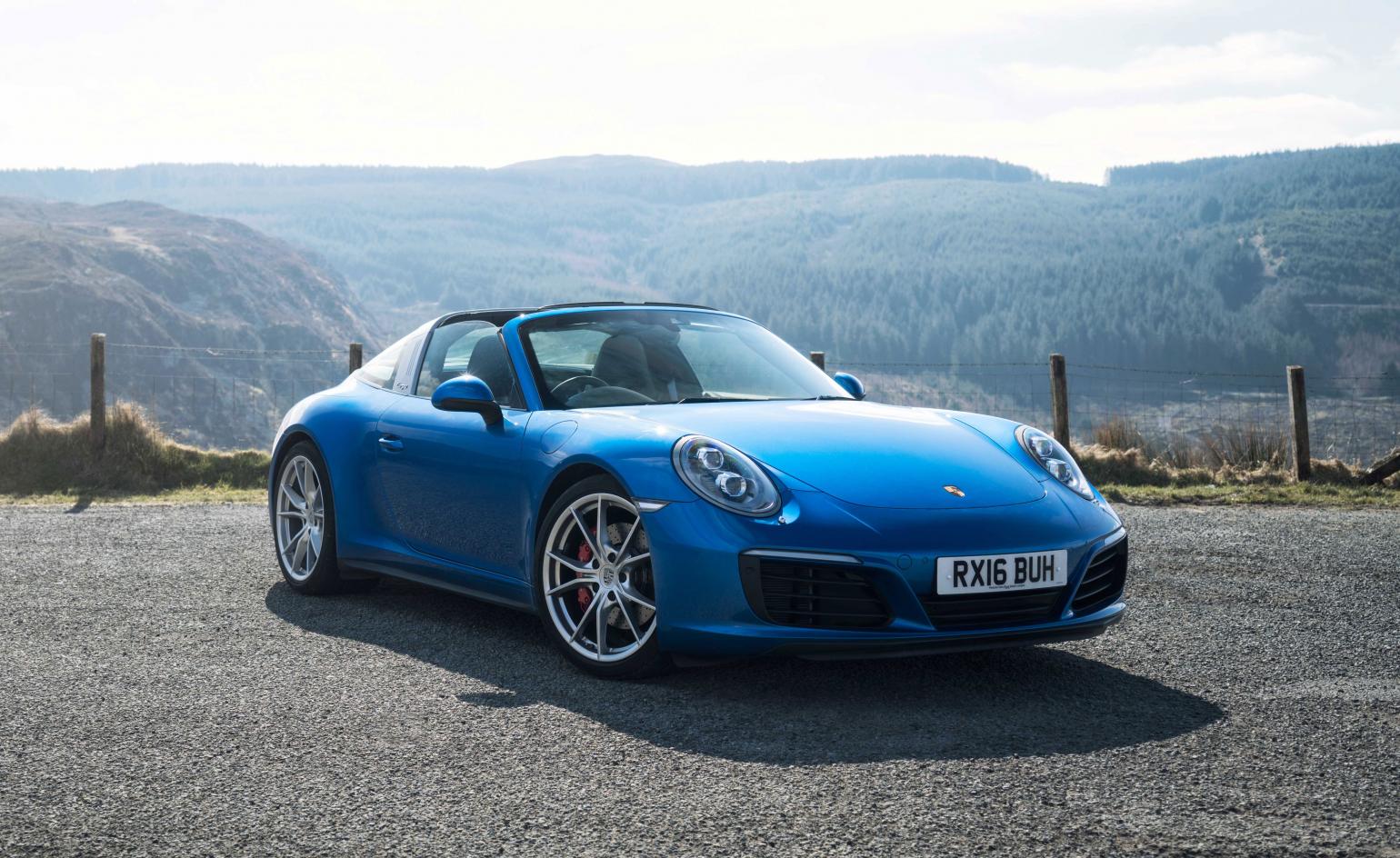
A little bit of motoring history. The name ‘Targa’ comes from the Targa Florio road race, a Sicilian endurance event renowned for its tight, twisting course. Beginning in the very early years of the 20th century, originally encompassing a tour of the island, it was ultimately contained within a 45 mile circuit on (closed) public roads, the Circuito Piccolo delle Madonie. Finally, in 1977 a series of fatalities sealed the race’s fate. In its history, every major sports car maker, including Bugatti, Alfa Romeo, Ferrari and Maserati, chalked up at least one win. It was Porsche, however, who had the strongest attachment to the race, triumphing a total of ten times from 1956 onwards. In 1967, it introduced an open-top version of its 911 sport car, christening it Targa in honour of the race. It was the first of many 911 generations to bear the name.
In convertible terms, a Targa is a compromise. The first models had a removable panel above the seats and an unzippable plastic rear screen, effectively turning the car into an open-top roadster with a big roll bar in the centre – at the time, US safety legislation was becoming increasingly draconian and the industry expected conventional convertible cars to eventually be completely outlawed. The ban never came yet the Targa persisted, even though a genuine 911 convertible was eventually launched in 1982.
Since then, the Targa has acquired a certain retro fascination, one that Porsche’s designers have been happy to play up with the latest generation, contrasting the colour of the body, the roll bar and the panel and the option of bold 70s-style graphics.
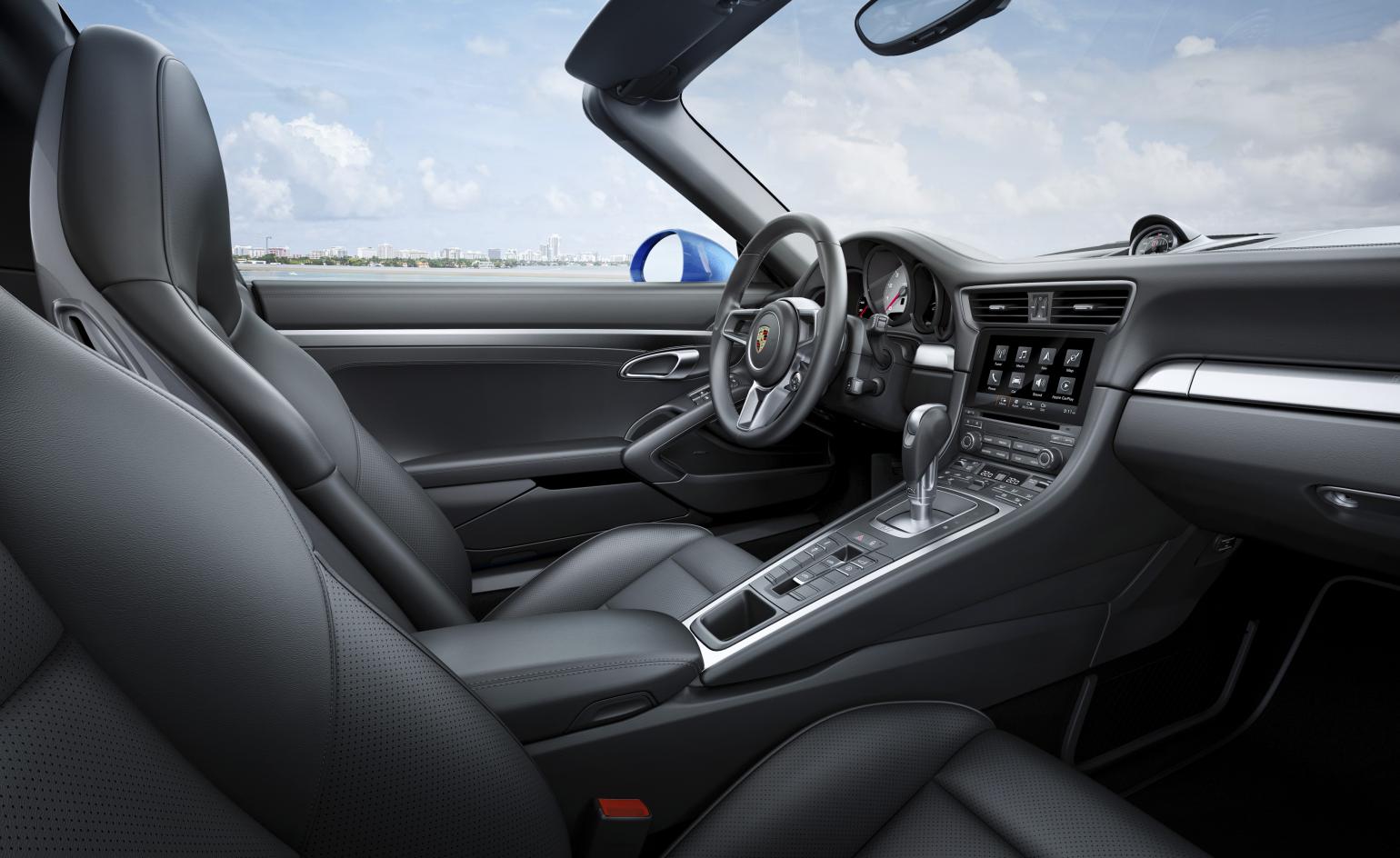
The 911 is a delightful car, regardless of specification. Once considered a pared-down sports machine, in its modern iteration it is as technology-stuffed as more explicitly high-tech brands, yet it wears this innovation lightly, conveying a sense of lightness and simplicity, both inside and out.
That slippery body-shape can trace its origins all the way back to Ferdinand Alexander Porsche’s design sketches from the late 1950s, and subsequently evolved over the decades from the very first 911 from 1964. Squint, and you’ll even see how the Porsche Type 12 of 1931 – designed by Ferdinand Alexander’s grandfather – relates to this long-running dynasty (that car ultimately became the VW Beetle). Early 911s – especially the first turbos – were tricky to master, but the modern 911 is one of the easiest sports cars to live with day to day. The car strikes a fine balance between power, poise and handling, with every control weighted to perfection, familiar and comfortable like a favourite fountain pen or musical instrument.
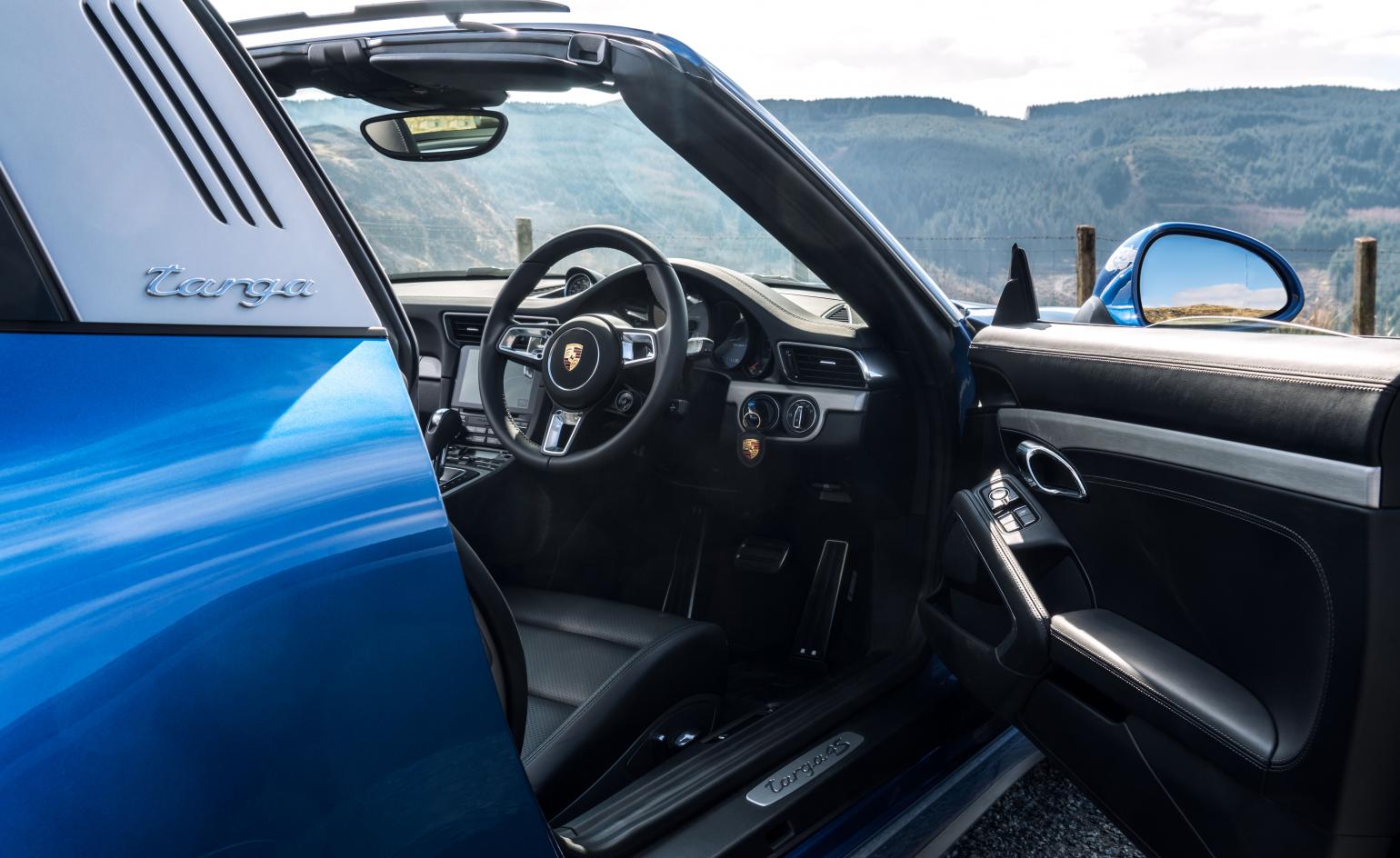
Whereas the original Targa was a simple engineering solution to a potentially intractable problem, today’s 911 Targa could not be more different. There is a Transformer-like arrangement of motors, levers and servos to raise the rear glass ‘boot’ (no longer zipped), automatically unclip the Targa panel, swivel it back into storage and then replace the glass and panels. It’s extraordinary, balletic, and very, very complicated, making what was once a simple act into a show-stopping, look-at-me piece of roadside theatre. In that sense, the Targa takes its place alongside the boldest 911s like the Turbo and GT3, rather than the more subtle iterations at the lower end of the price scale.
Predictably enough, the current generation car is heading for replacement once again. The eight generation 911 (code-named 992) arrives next year with a radical premise – the first ever hybrid 911 will soon be with us. This ties in to Porsche’s well-advanced electrification plans, with the Taycan saloon due to become the company’s first pure EV in 2020. Throughout its history, the 911 has quietly pushed a high-tech agenda, well concealed beneath its gently evolving skin. Will the 9th generation model be bold enough to ditch the internal combustion engine forever?
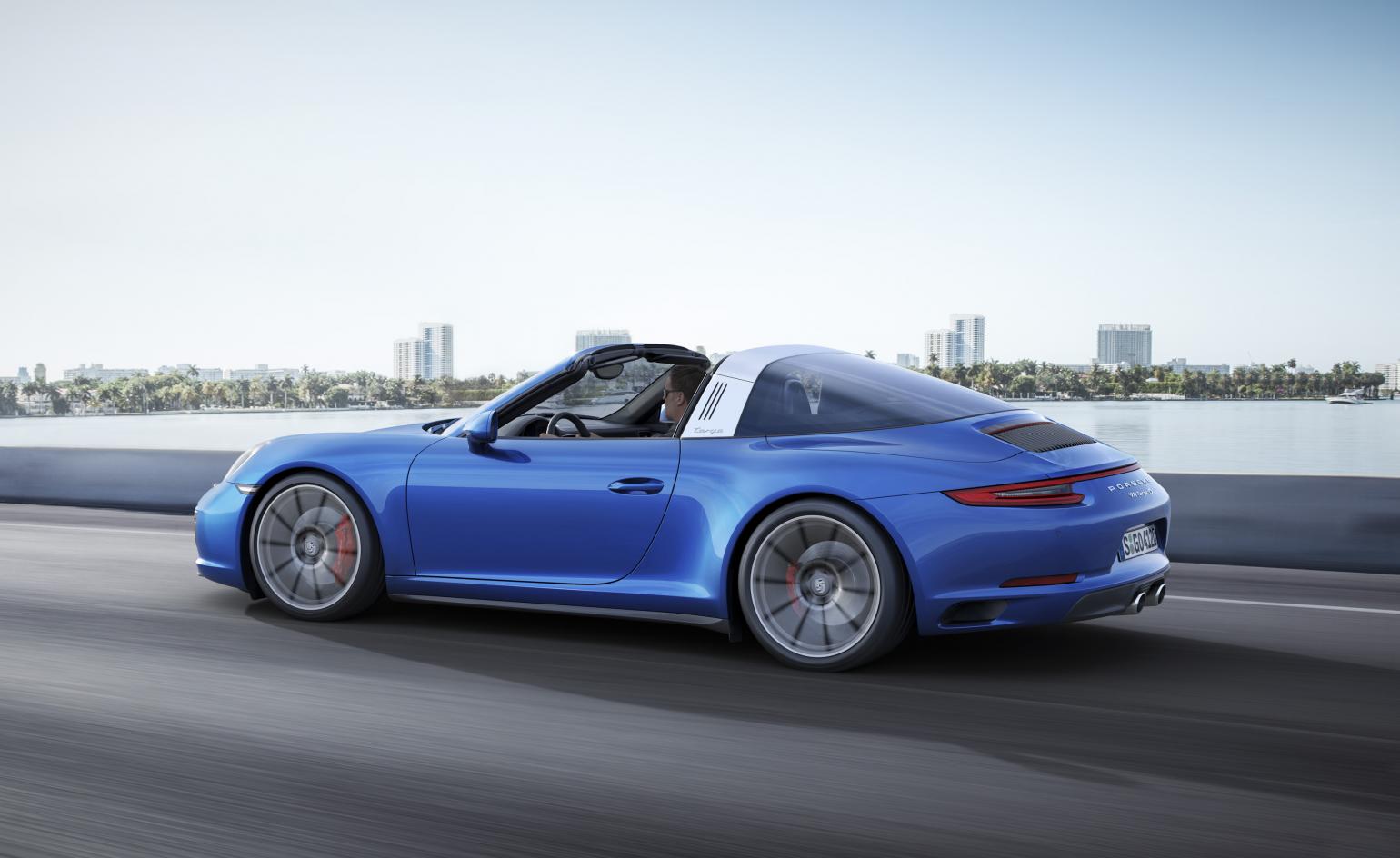
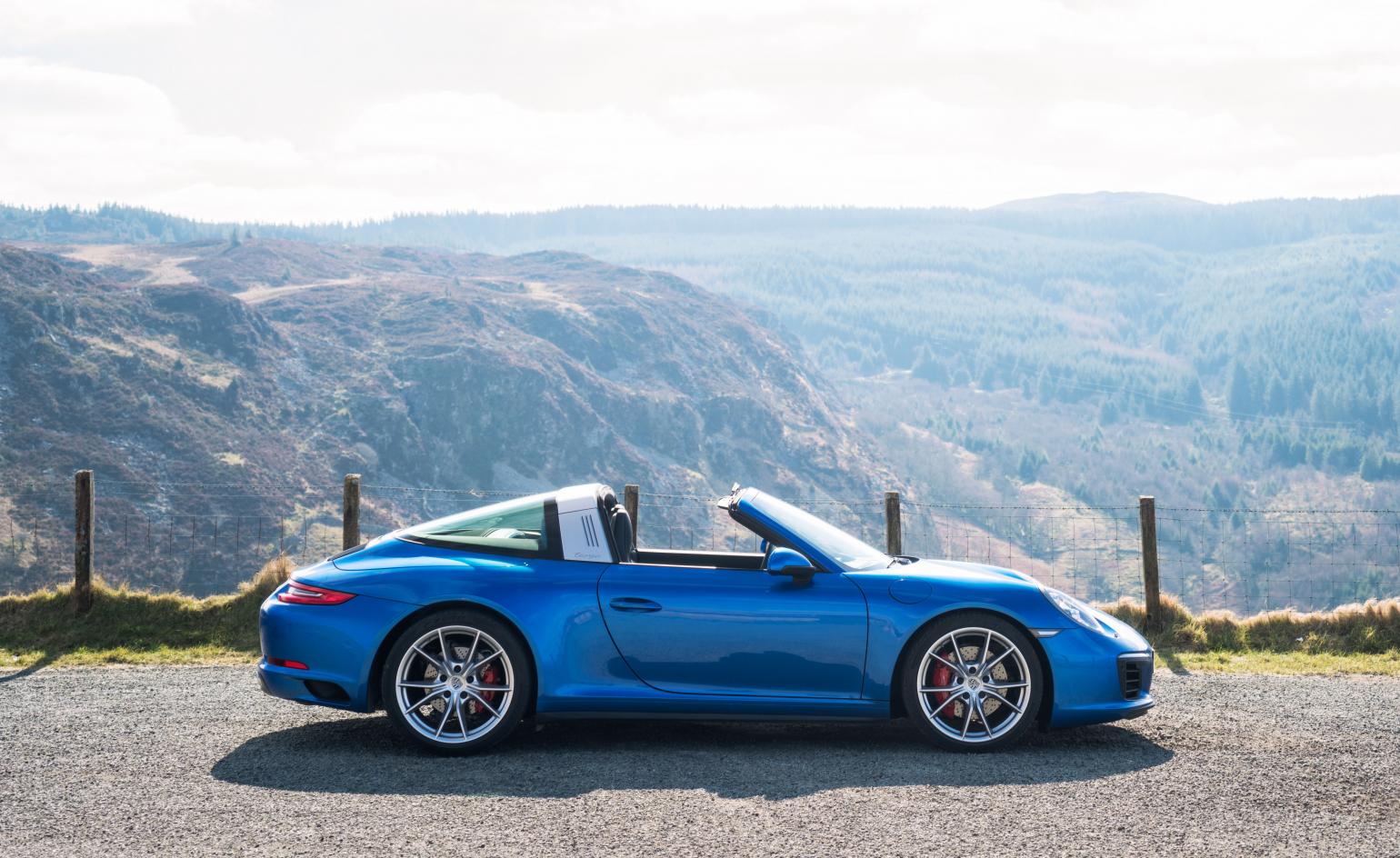
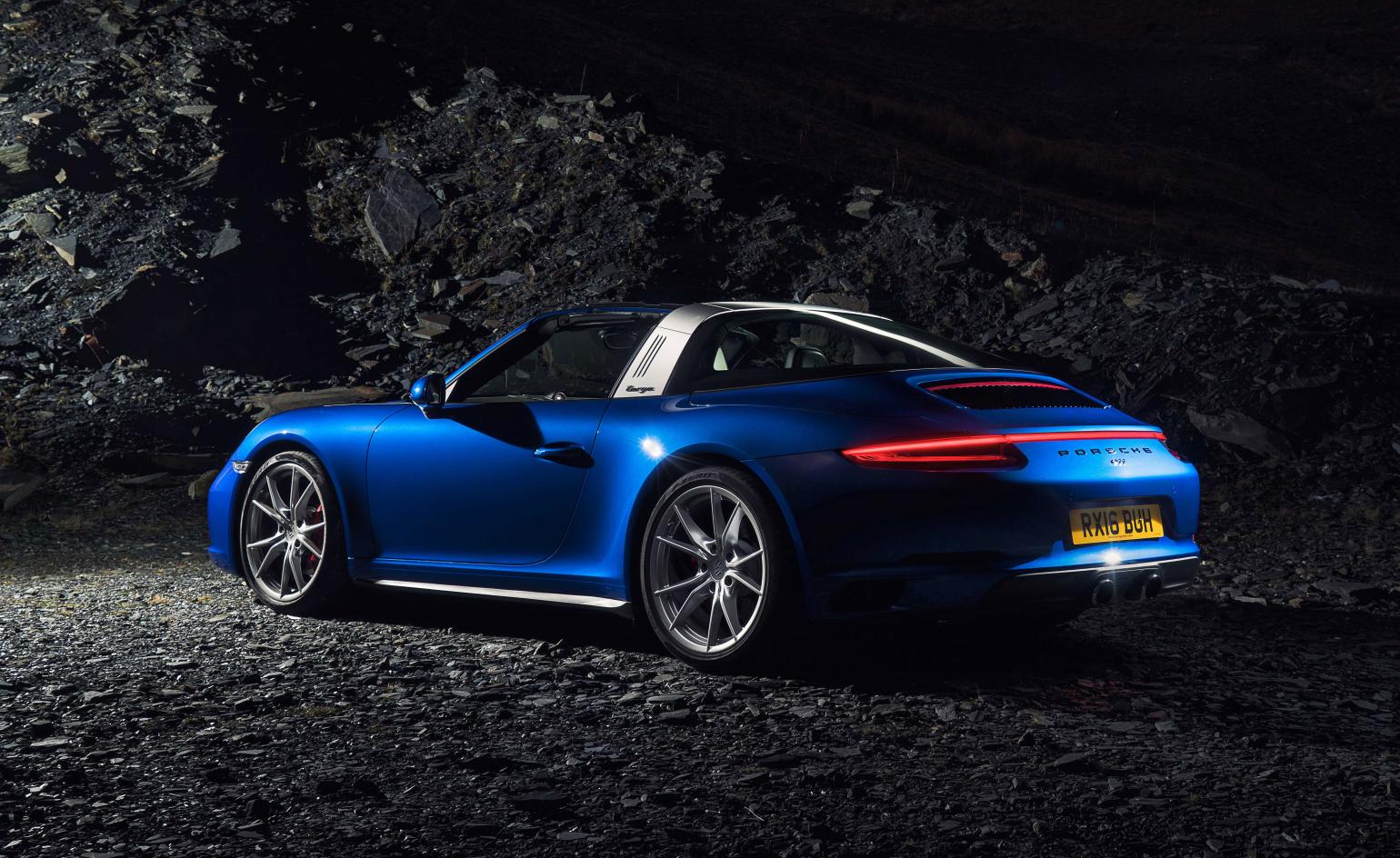
INFORMATION
Porsche 911 Targa GTS, price as tested £131,877. For more information, visit the Porsche website
Wallpaper* Newsletter
Receive our daily digest of inspiration, escapism and design stories from around the world direct to your inbox.
Jonathan Bell has written for Wallpaper* magazine since 1999, covering everything from architecture and transport design to books, tech and graphic design. He is now the magazine’s Transport and Technology Editor. Jonathan has written and edited 15 books, including Concept Car Design, 21st Century House, and The New Modern House. He is also the host of Wallpaper’s first podcast.
-
 At the Regent Street Sensorium, architectural jelly sculptures are designed to ignite the senses
At the Regent Street Sensorium, architectural jelly sculptures are designed to ignite the sensesDelve into the history of London’s Regent Street through a jellyscape, a fragrance cloud and more – plus, for the event’s final week, two new immersive workshops (ends 27 April)
By Tianna Williams
-
 With scenography by OMA, Dior’s ‘Designer of Dreams’ exhibition in Seoul is ‘a piece of theatre’
With scenography by OMA, Dior’s ‘Designer of Dreams’ exhibition in Seoul is ‘a piece of theatre’OMA partner Shohei Shigematsu catches up with Wallpaper* about the dramatic show design for the latest iteration of ‘Christian Dior: Designer of Dreams’, which opened in Seoul this weekend
By Daven Wu
-
 Mercedes-Benz previews its next-gen people mover with an ultra-luxury EV concept
Mercedes-Benz previews its next-gen people mover with an ultra-luxury EV conceptThe Mercedes-Benz Vision V Concept is an art deco picture palace on wheels, designed to immerse passengers in parallel worlds as they travel
By Jonathan Bell
-
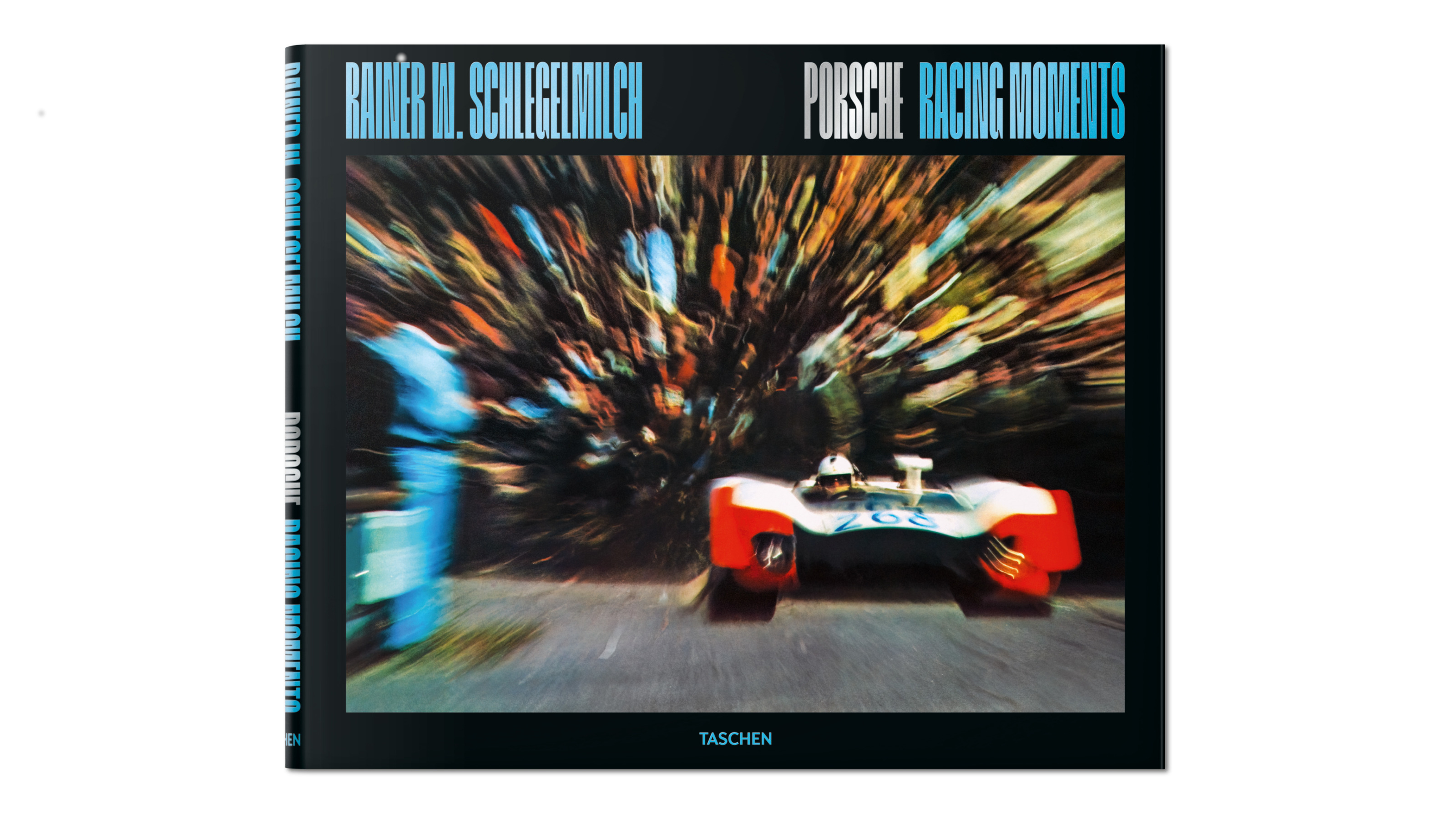 Rainer W. Schlegelmilch's Porsche photography showcases the aesthetics of speed
Rainer W. Schlegelmilch's Porsche photography showcases the aesthetics of speedTaschen's new edition of Rainer W. Schlegelmilch’s collected imagery from a quarter of a century spent following Porsche racing highlights historical machines, emotive camera technique and major moments on the track
By Jonathan Bell
-
 Michael Mauer on two decades at the helm of Porsche’s design
Michael Mauer on two decades at the helm of Porsche’s designPorsche’s signature style has diversified in recent years, thanks to the design leadership of Michael Mauer. We caught up with him to reflect on his 20 years in the hot seat
By Rory FH Smith
-
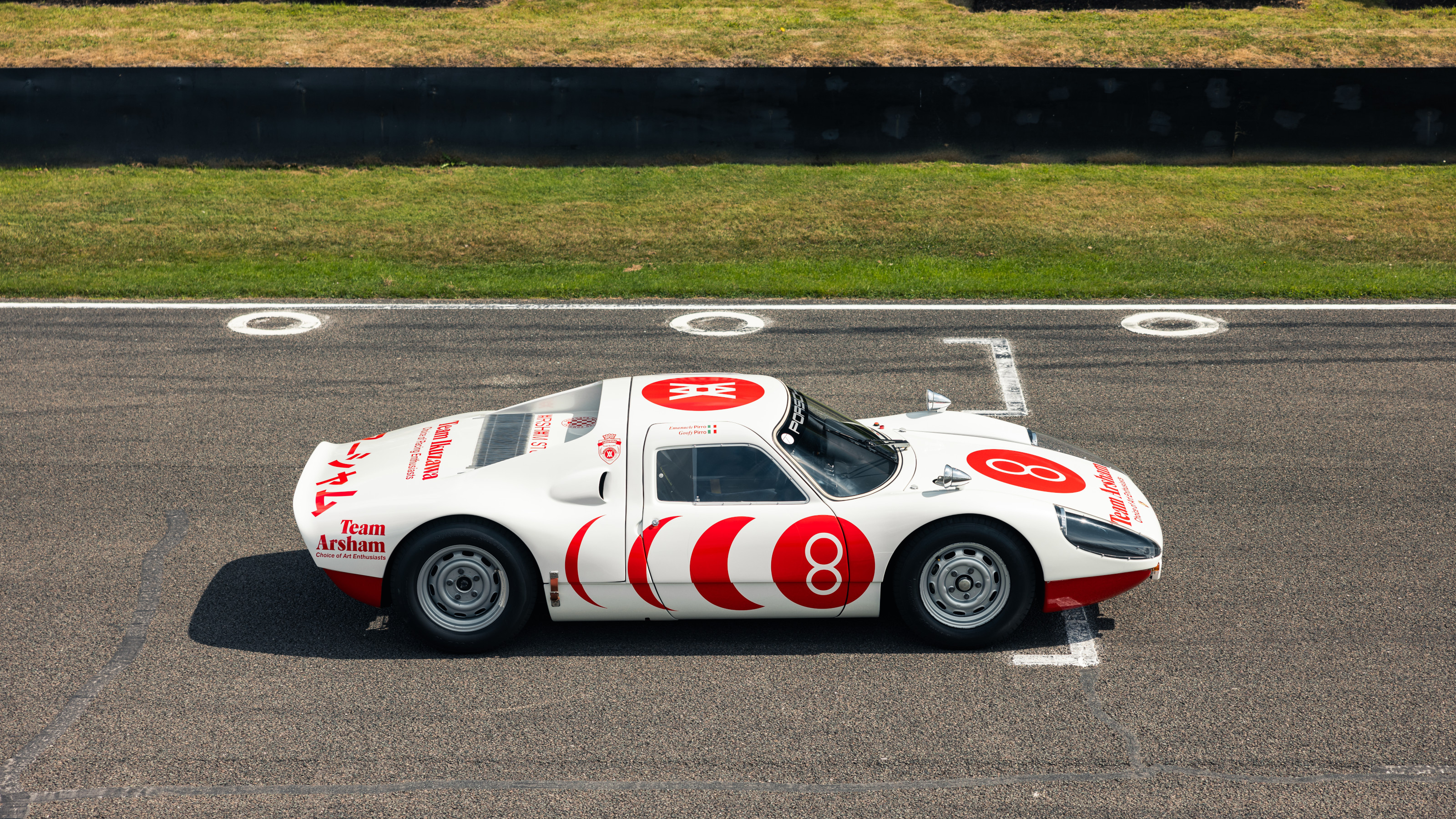 Team Ikuzawa brings the art of Daniel Arsham to motorsport
Team Ikuzawa brings the art of Daniel Arsham to motorsportCreative director Mai Ikuzawa has overseen a new capsule clothing collection, a collaboration with artist Daniel Arsham that also honours her racing driver father Tetsu Ikuzawa
By Josh Sims
-
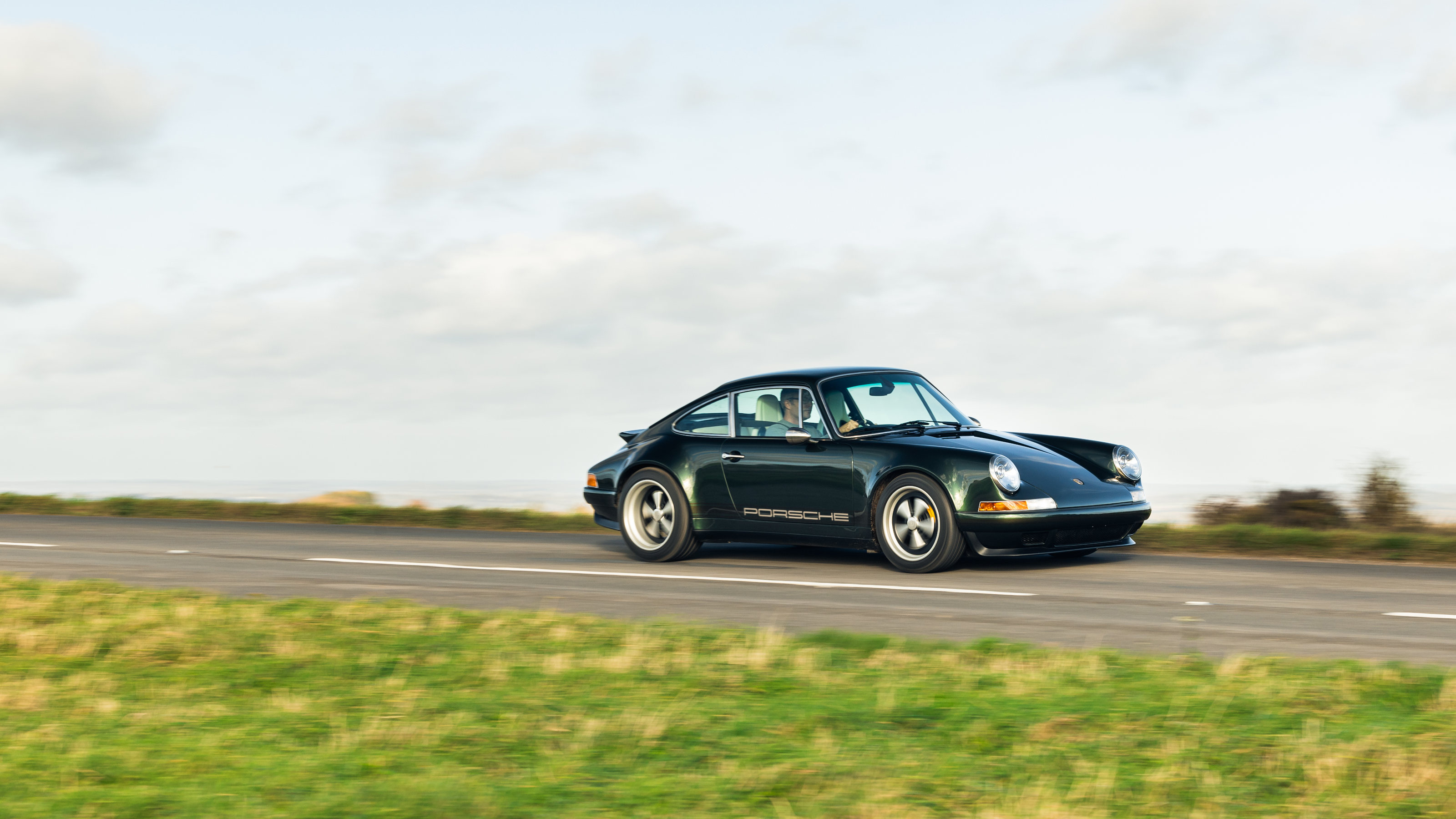 We sample the latest sports car from bespoke British manufacturer Theon Design
We sample the latest sports car from bespoke British manufacturer Theon DesignWith the GBR002, Theon Design have transformed a classic Porsche into a low-key bespoke supercar, uprating and enhancing the iconic 964 model to exacting customer specifications
By Jonathan Bell
-
 New-generation car camping and roof tents for luxury-loving adventurers
New-generation car camping and roof tents for luxury-loving adventurersCar camping is having a moment. While Hyundai and Porsche can get you kitted up, we explore other options
By Jonathan Bell
-
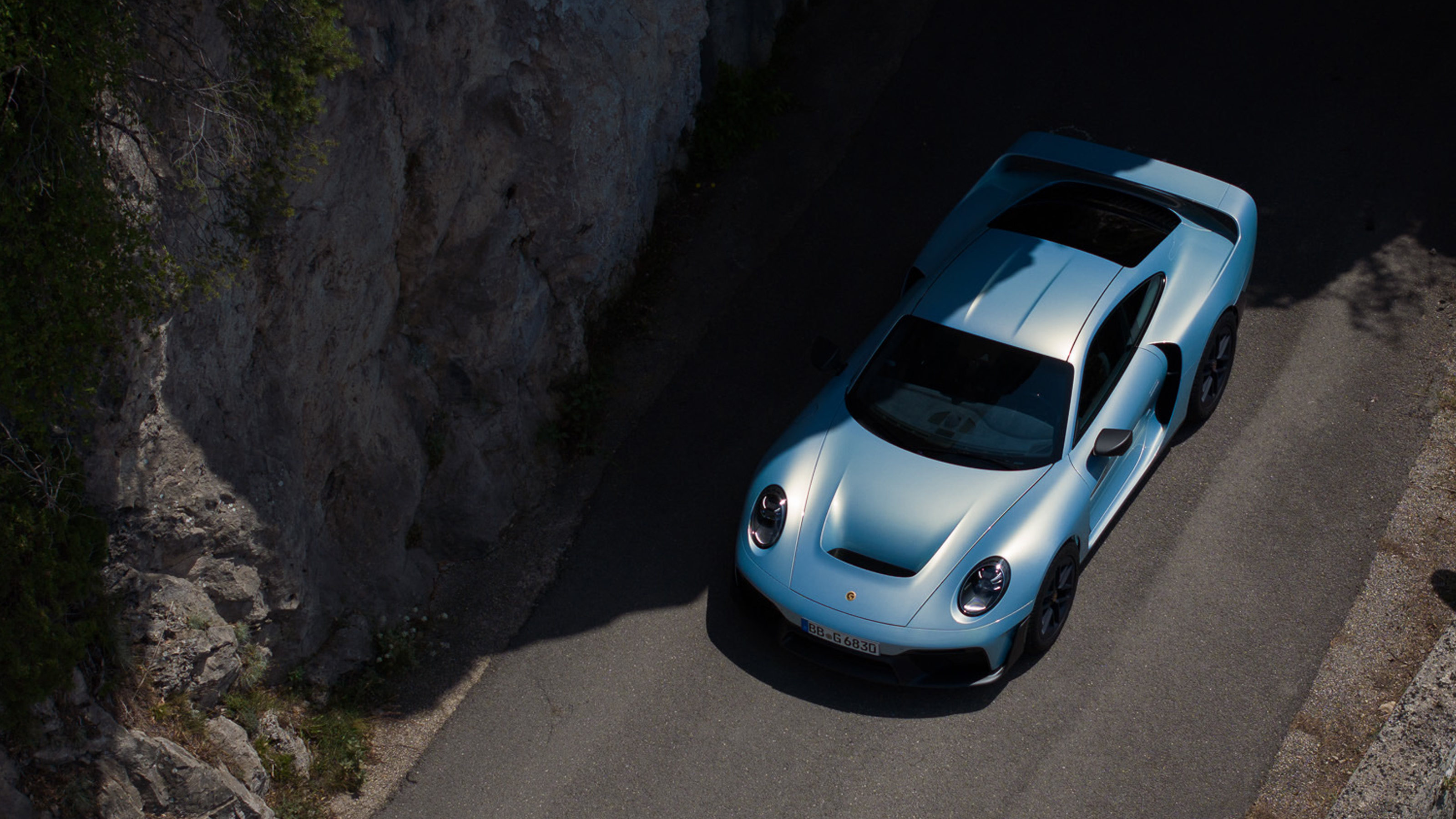 The Marsien is an all-terrain supercar that takes the Porsche aesthetic into new territories
The Marsien is an all-terrain supercar that takes the Porsche aesthetic into new territoriesThe Marsien by Marc Philipp Gemballa is a limited edition off-roading supercar inspired by the golden era of rallying Porsches
By Jonathan Bell
-
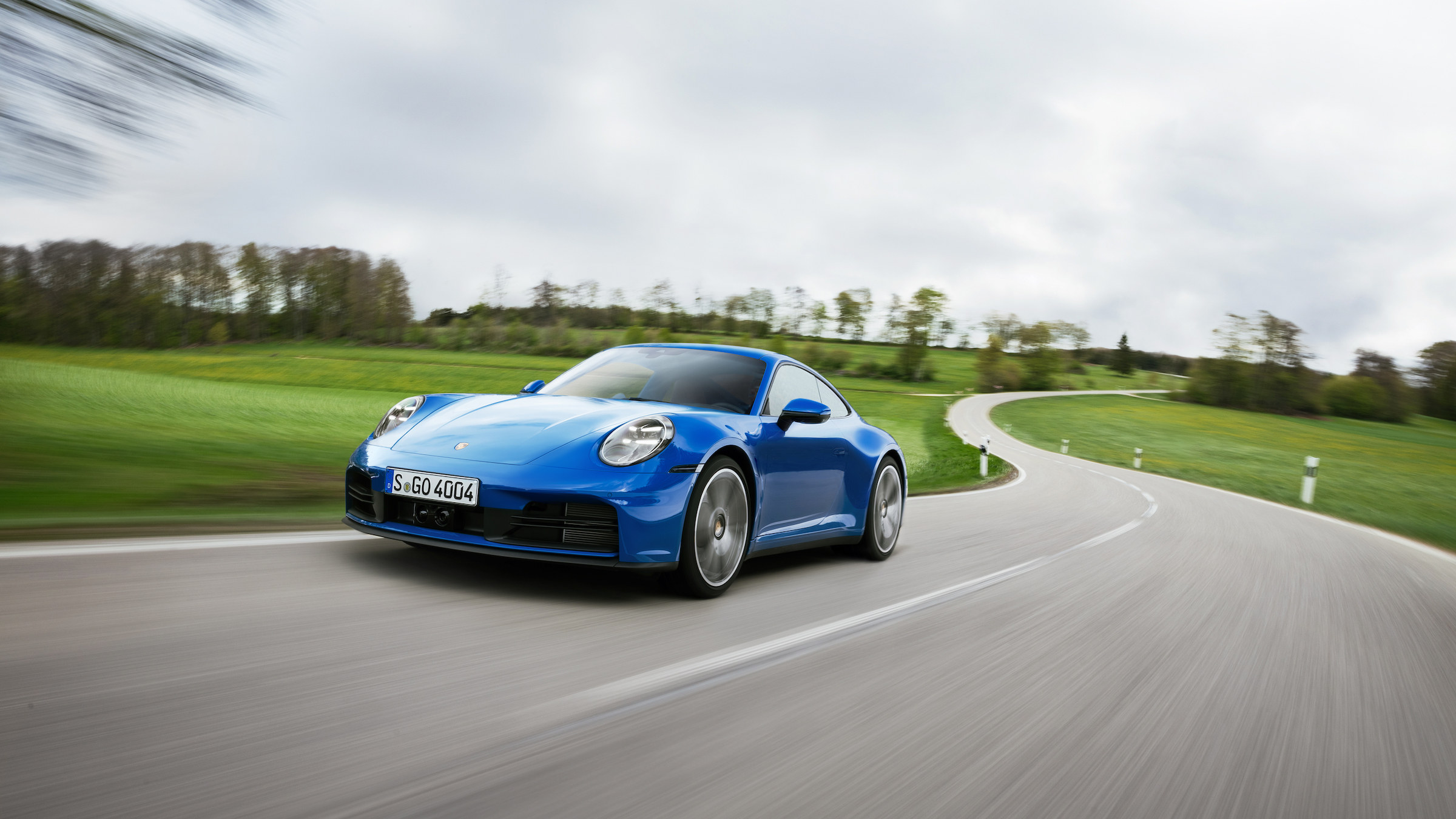 Driven: the electrically enhanced Porsche 911 raises the bar for the sports car stalwart
Driven: the electrically enhanced Porsche 911 raises the bar for the sports car stalwartThe new Porsche 911 Carrera GTS marks the debut of Porsche’s T-Hybrid system, boosting performance and efficiency. We get behind the wheel
By Rory FH Smith
-
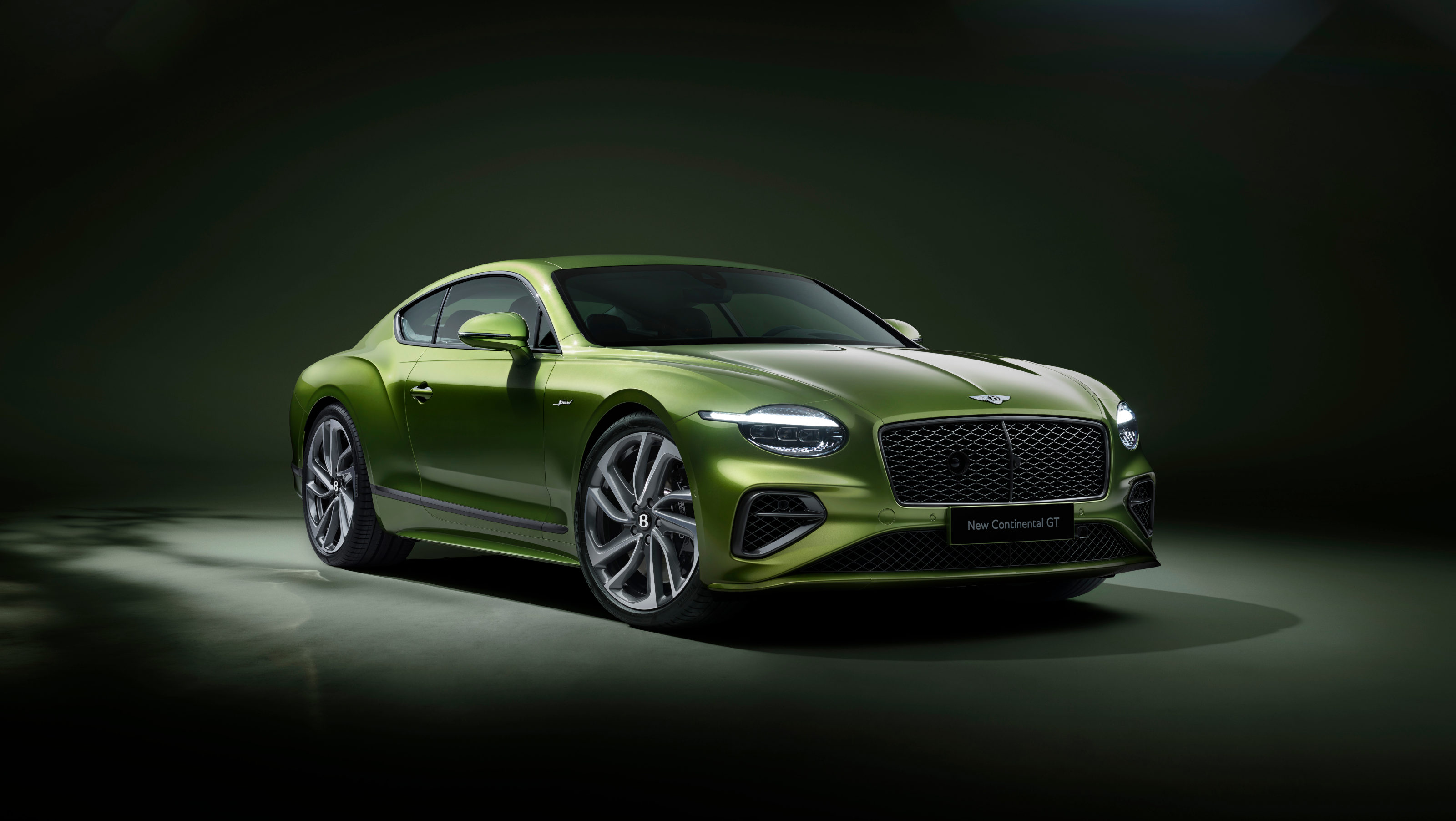 Bentley rolls out the latest version of its majestic grand tourer, the Continental GT Speed
Bentley rolls out the latest version of its majestic grand tourer, the Continental GT SpeedAvailable as both coupé and convertible, the fourth generation Bentley Continental GT Speed harnesses hybrid power to become a record breaker for the brand
By Jonathan Bell